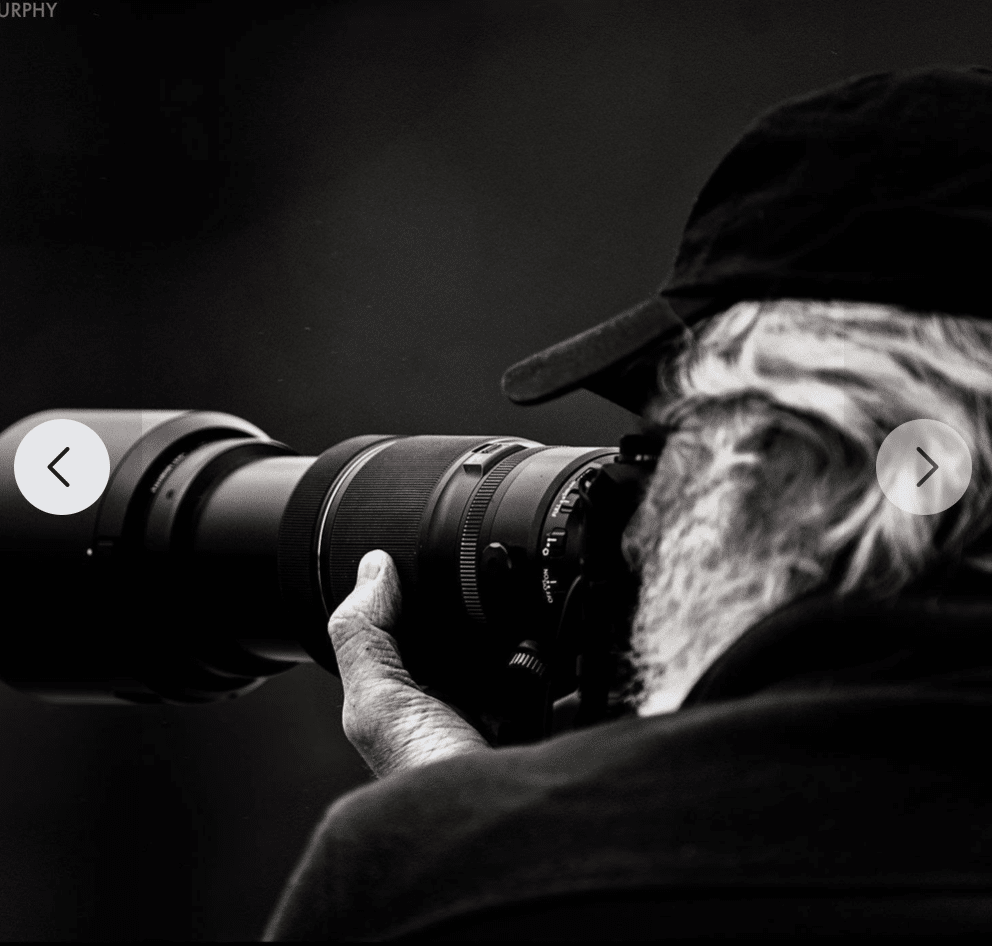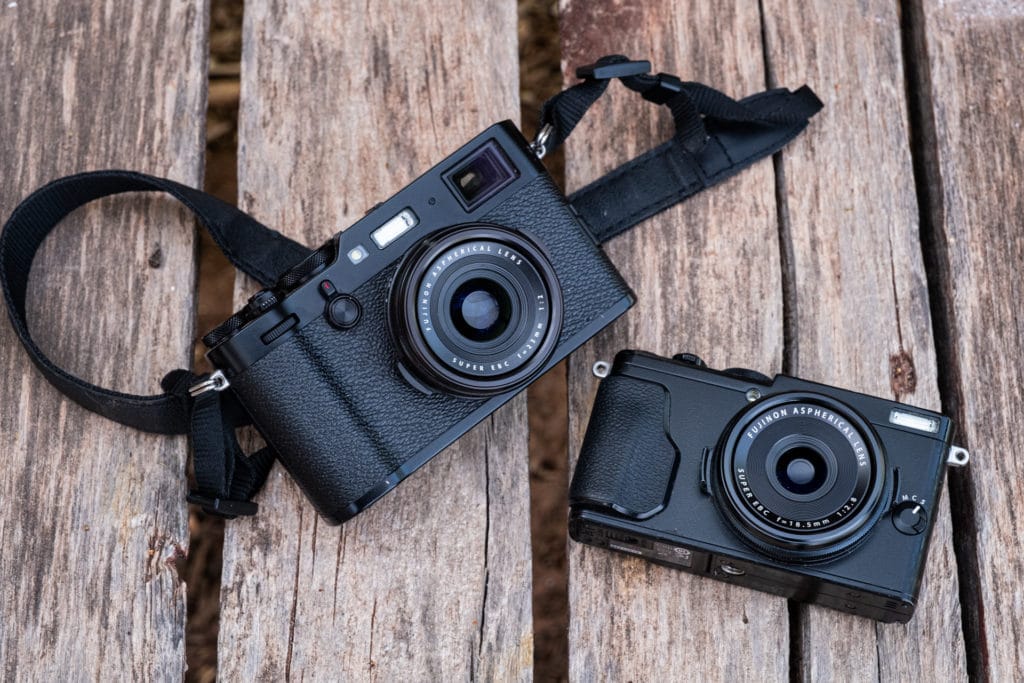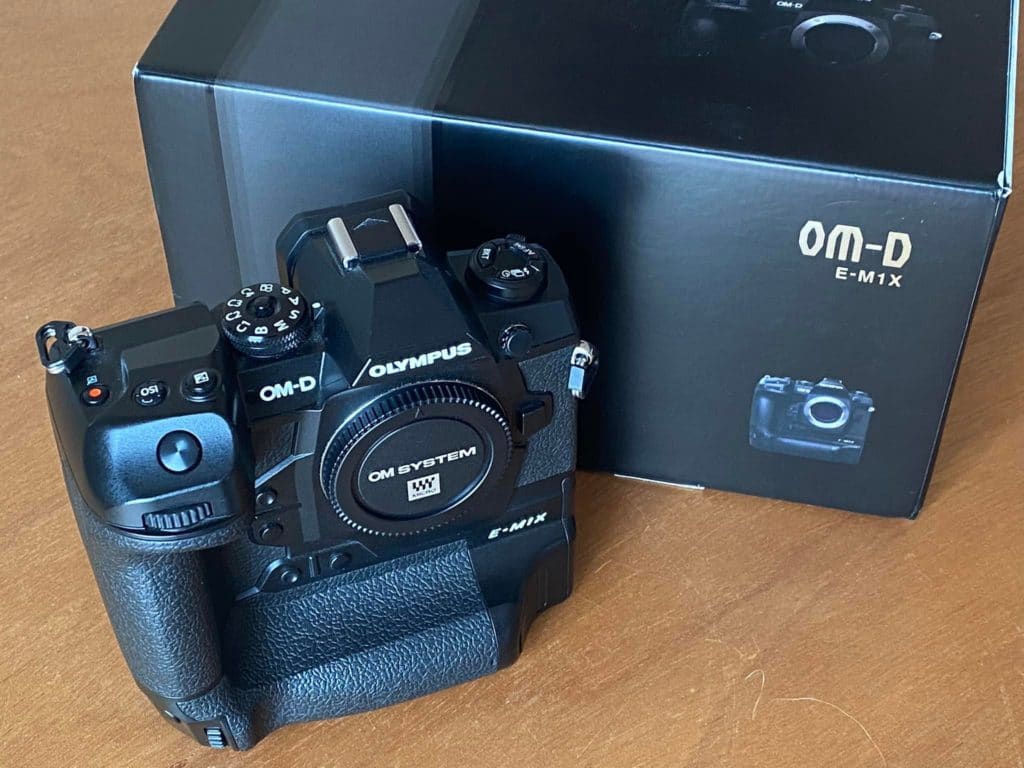In the last 4 years or so the photographic industry has gone through an explosion of technological development. The boom of the mirrorless camera has reverberated across the industry. I know that I’ve thought and rethought my equipment list. In this article I explain my equipment choices and why I’ve made them.

First, I need to say that my objective here is not to make you nervous about your gear. Yes, the best camera is the camera you have in your hand when you need or want a camera. The camera or lens that you use to create a photograph ranks so far down the list of “What makes a photograph successful” that it isn’t even worth mentioning.
However, I am a gearhead! I love to work with well-made tools, and I like discussing with others what they use and why. One of the joys of photography for me is simply fiddling with the camera in the field. I will remain unapologetic about my interest in camera and lens design.

5 years ago, I purchased my first mirrorless camera. It was a Fujifilm X-T2. This was the first brand shift in camera brands for me in over 30 years. Now I own 8 different mirrorless camera bodies made by 3 different brands.
Just about any camera made within the last 4-5 years will give you a great looking image under just about any shooting conditions. So, the discussion here is really about nuances rather than substantive differences.
I have stayed primarily with Fujifilm for most of my mirrorless cameras, however, I also own a Sony and Olympus camera. Let me explain why I’ve chosen and stayed with Fujifilm for most of my camera needs. Two of the major reasons are quality of optics and cost. Fujinon lenses are among the best glass on the market. Particularly their wide-angle lenses. Because I am a landscape and streetscape photographer this is very important to me.
I started with the X-T series of Fujifilm cameras, and I’ve grown that system to be the primary part of my equipment kit, however, recently I’ve started to branch out and change my set-up. The first change I made was to pick up the recently released Fujifilm GFX 50SII. This medium format camera is great for landscape photography. With 50Mp it has all the resolution I feel I need, plus the price tag of less than $4000 for the body, it fit my pocketbook. I’ve paired this camera body with my Actus tilt/shift bellows for added optics and I’m enjoying the results.

The X series of Fujifilm cameras are great for when I shoot streetscapes and environmental portrait work. They are compact, lightweight, and as I mentioned previously the optic quality is unsurpassed. This means that what they lack in sensor size and resolution they more than makeup for in optic quality. I still use these cameras for some of my landscape work—night skies and long telephoto landscapes. The quality will rival any full-frame on the market. The cost of the upgrades and optics for this system is about 50-75% of the equivalent full frame gear made by the “Big Three” Sony, Canon, or Nikon. These savings mean I can invest more in other lenses or upgrade my camera sooner.

After using the Fujifilm system for 5 years there has only been one area of disappointment and that is in action photography, or specifically my bird photography. While adequate, the focus system on the Fujifilm cameras falls short of other cameras. So recently I added the Olympus OM-D E-M1X to the mix. I plan to purchase the 300mm f4 lens. I have no doubt that this set-up will give me the results I want. I’ve worked with plenty of friends and other photographers who have this combination and they have been very happy.
The reason I did not get one of the Big Three? Again, the cost was a significant part of that. While the sensor of the Olympus is significantly smaller than a full-frame in bird photography this is an advantage. That 300mm f4 is equivalent to a 600mm f4 and the cost is a fraction.
In addition, the Olympus camera offers a feature called Pro-capture or pre-shot. This feature allows you to never miss a shot with wildlife or birds. It starts to buffer images while you have the shutter button depressed halfway. Once the bird (or critter) goes into action and you press the shutter button all the way, it saves up to 60 frames previous to when you pressed the shutter button all the way. What that means is you will never miss the shot of the perched bird taking wing because you could not react quickly enough. There are several other features that the Olympus and Fujifilm brands have incorporated into the operating system of their cameras that are notably missing from the Big Three.

The bottom line for my choices is that the Fujifilm and Olympus brands appear to make developments and improvements to their cameras with an eye towards giving features and tools to the type of photographer that I am, which is a landscape, streetscape, bird photographer. The Big Three appear to me to make improvements to their systems to satisfy the photographer on the sideline of a sporting event.
You may or may not agree with my opinions here, that’s fine, it is what makes the art of photography interesting. I’m happy about the plethora of equipment options that we have. Never in my 40-plus year career have I had, at my disposal, the sophisticated tools for image-making that I do today.

